The future of aviation: How technology is reshaping air travel
With 4.7 billion people expected to travel by air this year, we take a look at the future of the aviation industry and the big changes coming.
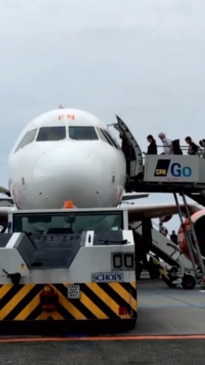
Travel
Don't miss out on the headlines from Travel. Followed categories will be added to My News.
With seat backs upright, seatbelts securely fastened, and way too much carry-on stuffed into the overhead bins, the world is flying again, big time.
Global passenger numbers are finally set to surge past pre-pandemic numbers in 2024, having almost got there in 2023. Meanwhile schmick new aerotropolises are opening around the world, airlines are debuting deluxe new cabins, and customers are snapping up seats on freshly-minted long-haul flights that open up the world like never before.
Melbourne to Mumbai direct, or Auckland to New York? Easy. Perth to Paris will be a reality in July, while Qantas’s “Kangaroo route” – Sydney to London – will be a single hop by 2026.
The International Air Transport Association (IATA) expects 4.7 billion people to travel in the skies in 2024, smashing 2019’s record passenger haul of 4.5 billion.
And Australians will be in the mix, chasing the global good times in record numbers. ABS data shows we hit an all-time high for short term overseas departures in February, with passenger numbers up 25 per cent, year-on-year.
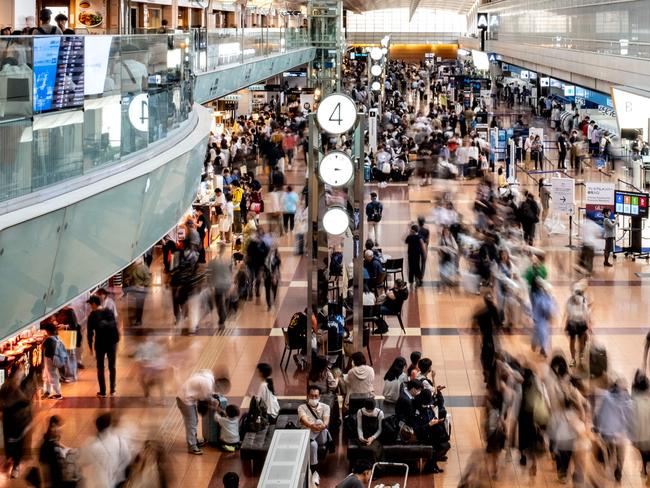
All of this activity is pushing the global aviation industry into a new era of profitability. Emirates, British Airways, Singapore Airways, Air France-KLM and Qantas have all recently announced record financial results.
But the good times can’t last forever.
Just ask Greta Thunberg.
AVIATION’S IMPACT ON ENVIRONMENT
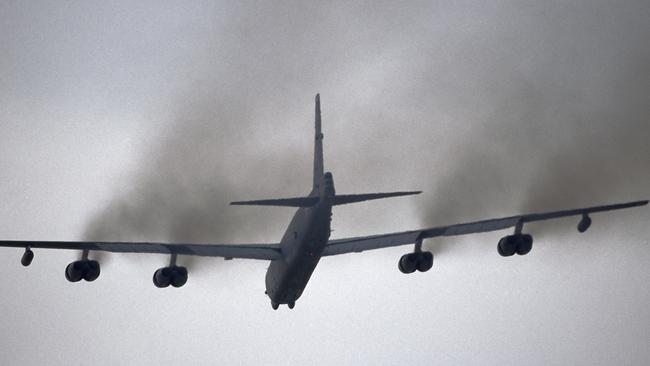
Flying, according to the 21-year-old Swedish environmental activist, “is by far the most climate-destructive individual activity you can engage in – unless you count billionaire style space travel or owning a large private yacht”.
Every year, the international aviation sector pumps millions of tons of greenhouse gases into the atmosphere. The emissions have risen steadily since the 1990s, reaching 4.07 gigatons of carbon dioxide equivalent in 2019, according to Climate Watch Data. When the tally dipped in 2020 because of the pandemic, it was still over 3.3 gigatons – roughly equivalent to the level in 2007.
Some countries have tried to bend the trend, but so far it’s just been tinkering at the edges. France banned short-haul flights in 2020, but the law was criticised because it didn’t go very far (private jets were excluded, naturellement). Germany, Austria and Belgium have added taxes to all fares on short-haul flights as a disincentive.

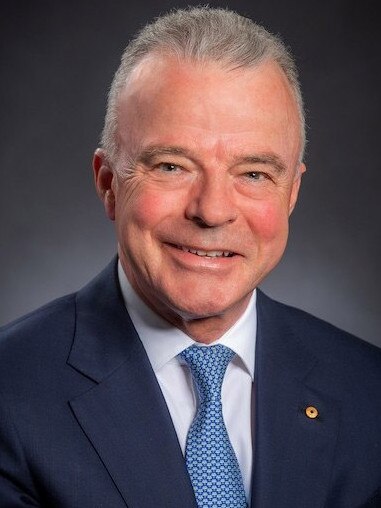
Surveys suggest some passengers are looking to fly less – 46 per cent of respondents to a Statista poll in 2022 said as much – but as always, the proof is in the doing, not the saying.
An Australian group called Flight Free Oz urges those concerned about flying’s impact on the environment to sign their pledge to either stay grounded for a year, or until aviation is climate safe.
To date, just 194 people have signed the pledge (118 for the 12-month promise, and 76 for the longer term).
It’s a small number; indicative, surely, of people not knowing about it; but perhaps it also suggests many Australians still see flying as a necessity.
In our vast, sparsely-populated and isolated continent, flying plays a role that cannot be easily supplanted by other modes of transport.
We simply need aviation to keep going, just without the carbon emissions.
But how?
SUSTAINABLE AVIATION FUELS
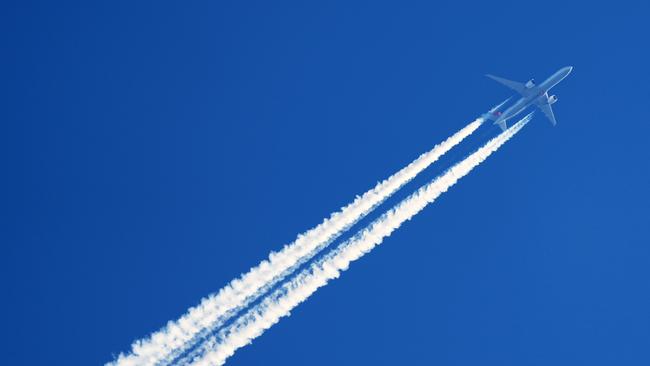
Lower-emitting sustainable aviation fuels (SAFs) are but a trickle in the global aviation industry today, comprising just 0.2 per cent of global jet fuel use in 2023, according to IATA. But the trickle is about to become a torrent.
Europe, Japan and Singapore have introduced rules for all planes taking off from their airports to have a minimum slug of SAF in the tank, and many other countries are looking at similar mandates. The UK wants the level to be 10 per cent by 2030.
The new fuels are safe – in November a Virgin Atlantic flight flew from London to New York fuelled entirely by SAF – but they’re expensive (sometimes twice the price of traditional fuel) and produced in too few places.
Airlines say they’ve absorbed the costs to date, but there are concerns the increasing need for SAFs will ultimately push up the price of air travel for consumers.
Dr Brendan Nelson, the erstwhile Liberal Party leader who is now president of Boeing Global, warned of this in 2022, telling one media outlet that if Australia did not develop its own SAF industry, and quickly, “we will be hostage to international markets”.
That work is now happening – thanks in part to a federal budget boost announced last week.

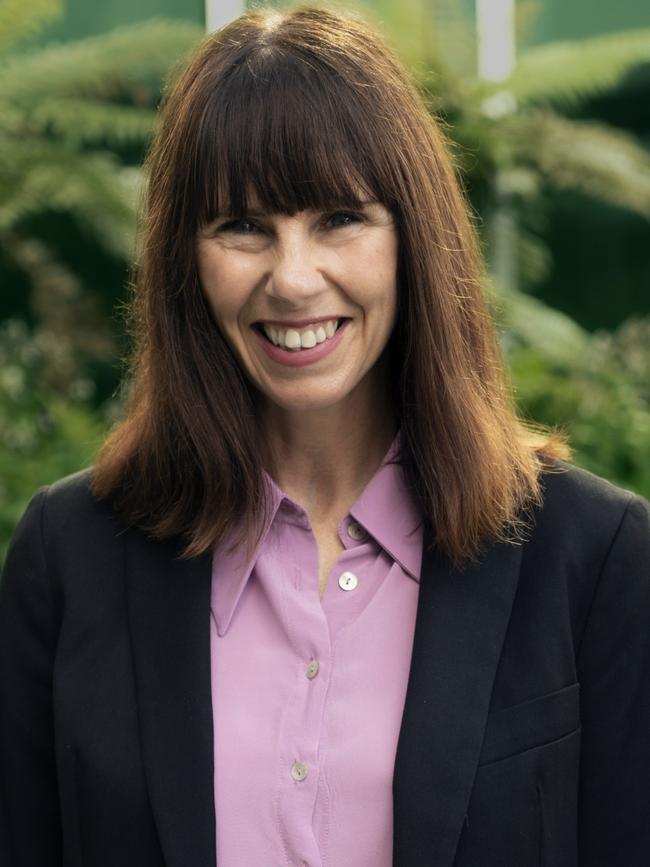
Biofuel company Jet Zero Australia plans to develop a SAF site near Townsville by 2027, producing 102 million litres of the stuff, chiefly from agricultural by-products such as wheat waste. Supported by Airbus, Qantas and the Queensland Government, Jet Zero reckons its product will potentially reduce total CO2 emissions by more than 70 per cent compared to traditional aviation fuels.
Jet Zero calls it “Project Ulysses” after Queensland’s striking blue butterfly.
“It moves quickly in the rainforest, and that reflects us as a business,” company CEO Ed Mason said.
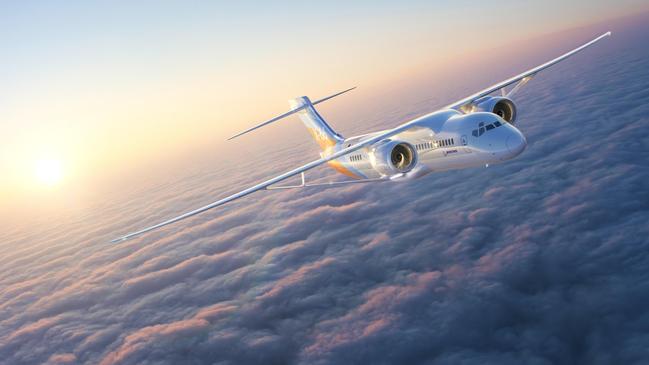
Mr Mason said the “end buyer” of much SAF in Australia would be big corporations who are looking to lower their own emissions.
Last month Qantas announced they now had 11 corporate partners (including Fortescue, Deloitte, Australia Post and the Commonwealth Bank) who were voluntarily contributing towards their SAF bill, thus decarbonising their own business travel.
Mr Mason said SAFs represented a potentially lucrative new industry for Australia.
“We’re going to go from a couple of million litres of demand now, to over 150 billion litres of demand by 2050,” Mr Mason said. “We can decide as Australia to either play a role in this industry, or we’re going to be buying the SAF to meet the mandates offshore anyway.”
NEW PLANE DESIGN
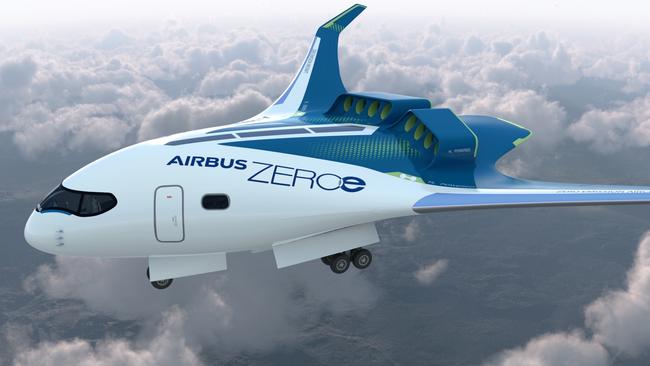
Sustainable fuels might sound promising. But hardly glamorous.
More exciting developments will come in new plane design; machines that will drastically cut emissions by running on much less fuel, or no “fuel” at all.
NASA and Boeing are working on the X-66, a radically different aircraft design with thin, elongated wings supported by diagonal struts, which could use 30 per cent less fuel than today’s planes.
Meanwhile Airbus is hoping to have hydrogen-powered aircraft in the skies by 2035.
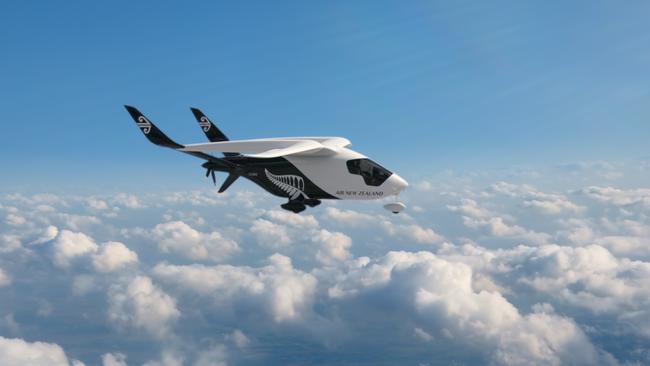
Closer to home, Boeing subsidiary Wisk has identified South East Queensland as a site for the introduction of battery-powered air taxis. With their autonomous operation and vertical takeoff and landing capabilities, the machines promise to bring a touch of The Jestsons to the skies above Brisbane in time for the 2032 Olympics.
Over the ditch, Air New Zealand is also developing a battery-operated plane, which they hope to have in operation by 2026. The cargo-only service will fly the short distance between Wellington and Marlborough airports, but hopefully pave the way for the airline to fly larger low-emissions aircraft across its network from 2030.
Air New Zealand’s Chief Sustainability Officer Kiri Hannifin said the introduction of battery operated flying required the development of an entire “ecosystem” around it, entailing regulators, energy companies, airports and customers.
But when it comes time, will people take to it? After 121 years of fuel-based propulsion, will there be safety concerns about battery-based flying?
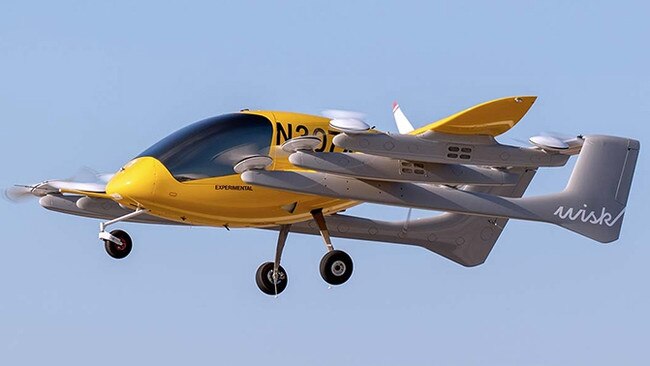
“It’s such an important question, but for a commercial airline like us, safety is the thing that matters most. The thing that we most want is for our customers to know that we’re safe. But we have to make sure that New Zealanders go on the journey with us. It’s about building trust and confidence and familiarity with a different kind of flying,” she said.
While New Zealand’s domestic network is much smaller than Australia’s, the vast distance from anywhere else binds the two countries together, making both intensely invested in the epic challenge of decarbonising aviation.
“We don’t have public transport like Europe; we can’t just get in a car [to go to another country],” Ms Hannifin said. “We absolutely need to decarbonise, because that’s the only way we really get out to the world and get tourism in. Flying is integral for us; there is no option.”
Originally published as The future of aviation: How technology is reshaping air travel





